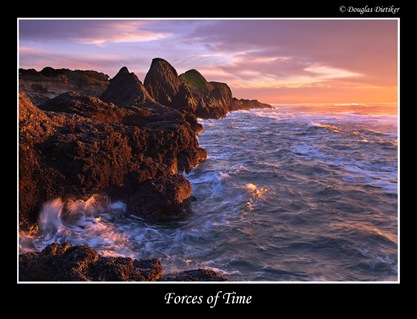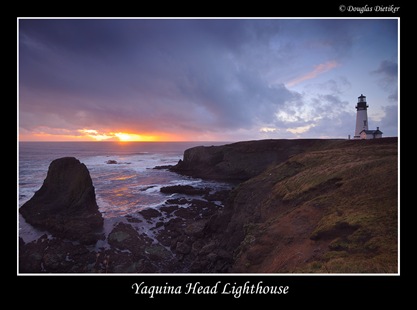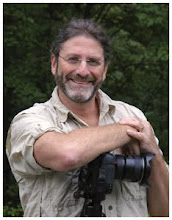 | Available at Amazon, click the image to open the Amazon page. |
I had heard some very good things about the Samyang 14mm f2.8 a.k.a. Bower and Rokinon. It is a rather inexpensive manual focus ultra wide-angle prime lens made in Korea and comes in a Nikon and Canon mount. The Nikon mount lens comes in 2 versions, totally manual and one with the pins to work with Nikons auto exposure cameras. The AE version will control the aperture. It does not have filter threads due to the bulbous front element and has a built in hood that the lens cap fits over much like a lid. I am writing about the Nikon mount version. I had read some discussion it might be as sharp or sharper than the Nikon ultra wide-angle zoom 14-24mm f2.8. I also read it had some distortion of the mustache type. Since I don’t have a 14-24mm, I cant compare them, but I did test it against my Nikon 16-35mm f4.
I have been jonesing for 14mm for quite some time after being at locations I could have used the extra 2mm over my widest focal range on my Nikon 16-35. I didn’t want to hike with 2 wide angle zoom lenses and even though the Nikon 14-24 is very good, it is very heavy. Who needs 2 heavy zooms. The Nikon 16-35 is a very sharp lens and it takes filters as well as having a more useful focal range so it is my main landscape tool. A prime 14mm however would fit in my pack and compliment the 16-35 quite nicely. The old Nikon 14mm f2.8 prime doesn’t seem to be that good on modern digital cameras compared to newer lenses and is prohibitively expensive. After doing a little research I decided to check out the Samyang (the Rokinon version) 14mm prime. I wasn’t all that concerned about the distortion it reportedly had because distortion is rarely noticeable in most landscape shots. I probably correct about less than 2 percent of the landscape shots in post processing I take with my Nikon 16-35 that has distortion of the barrel kind.
In my research, I read Ken Rockwell had tested one and he was disappointed because it was very soft, seeming to be the opposite of what many others were saying. Well… I ordered one and when it arrived at my doorstep it was early enough in the day for me to set up my test scene and start shooting. I use the same setup to test all my lenses for consistency. The lens is very well built, the focus ring is very smooth but I immediately noticed it was very soft compared to my Nikon 16-35. Hmmm… Ok, it is a manual focus lens, maybe I need to work on my manual focusing skills. Never mind that I manually focus my Nikon all the time. I spent the next 30-45 minutes making sure I was focusing the 14mm correctly. No joy, this lens was soft. Looked like Ken may have been right. But, knowing sometimes there are bad copies of a lens, I returned it and had a replacement sent.
The replacement arrived and I went about setting up my test again. I took a couple shots… Yes! I could tell right away this one was going to be better. I didn’t even need to look at the shots on the computer. Of course, I did, comparing it to the Nikon 16-35 that I was hoping it would compliment in the field. All testing was done with my D3x on a tripod, using live view for focus, mirror lockup and a remote cable release. But what is a comparison without pictures:
Larger versions of images found here: http://www.pbase.com/ddietiker/samyang_14mm_f28
This is the test shot of the Rokinon 14mm f2.8 at f8. The mustache distortion is quite obvious.
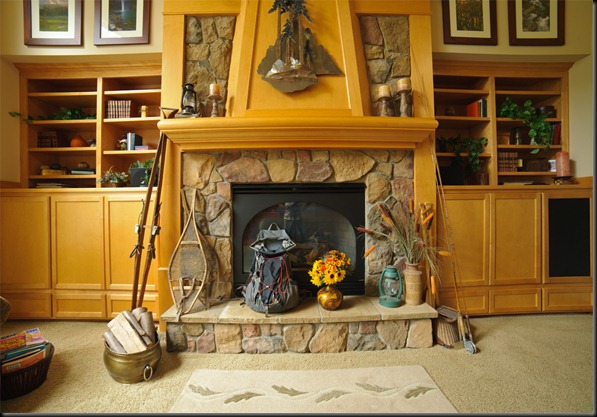
The shot below is the Nikon 16-35 f4 at f8. Notice there is quite a big difference in the type of distortion and also how much wider just 2mm is compared to 16mm.

One of the first things I noticed is the Rokinon (Samyang) has no real noticeable chromatic aberrations. The Nikon is very good, but the Rokinon is better. This next shot is the focus point of the Rokinon f8

Followed by the focus point of the Nikon f8
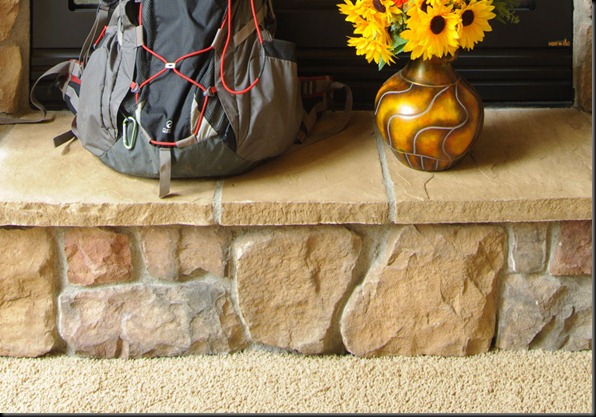
The next shot is the Rokinon (Samyang) upper left corner at f8. Notice how little CA there is and the corners look pretty good.
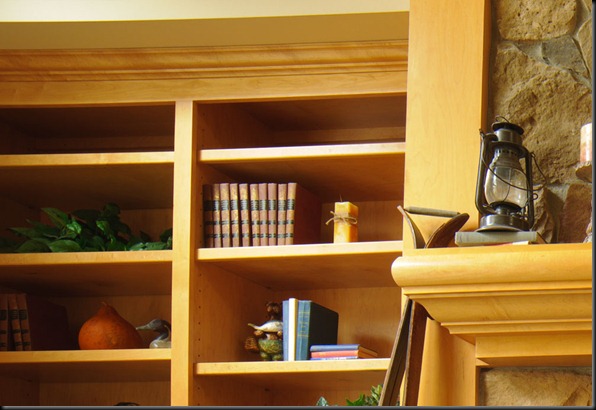
Followed below by the Nikon at f8. The Nikon is not at it’s best in the corners at f8, and the Nikon cleans up much better at f11.
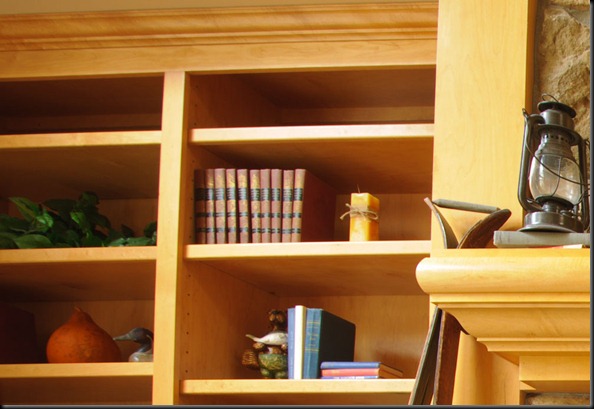
The shot below is the Rokinon (Samyang) at f11. Not much improvement, but it doesn’t need much, it is already pretty good at f8.
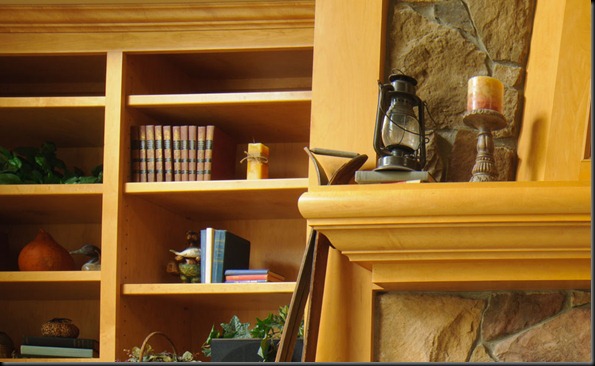
Followed below by the Nikon at f11.

So after getting a very soft Samyang 14mm, the second is much better and appears to be as good as my main landscape tool, the Nikon 16-35. Maybe there is something to people saying it is as sharp as the Nikon 14-24 at 14mm. I will be hanging on to this Rokinon. Now I need to get out and actually use it for landscape shots. If you order one, make sure you test it, since there do appear to be some soft copies. For those getting the new Nikon D800, this lens will definitely deliver with those 36 megapixels.
Larger versions of these images can be found here: http://www.pbase.com/ddietiker/samyang_14mm_f28
Updated. The picture below was shot with the Samyang 14mm. You cant see it in this size and I wont post a larger version for obvious reasons, but the 14mm may be the crisp/sharpest lens I have used. It got more detail out of my camera than I was expecting.


